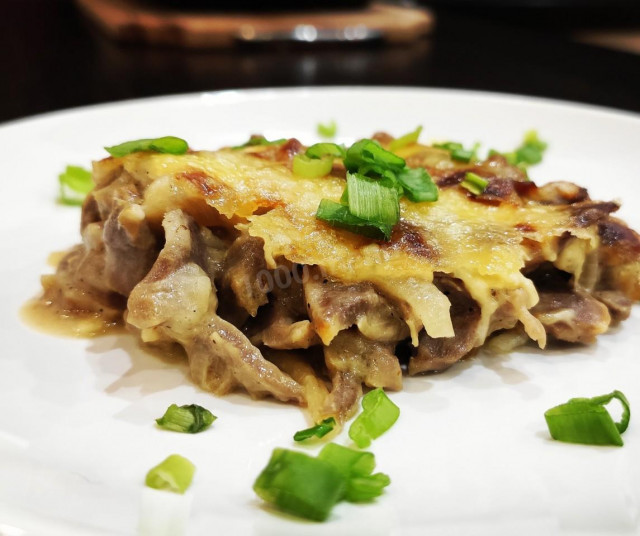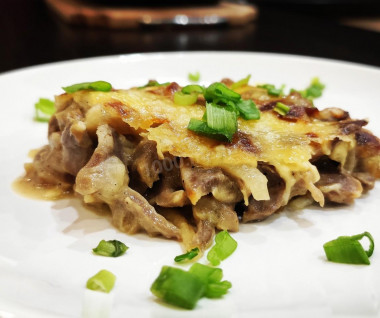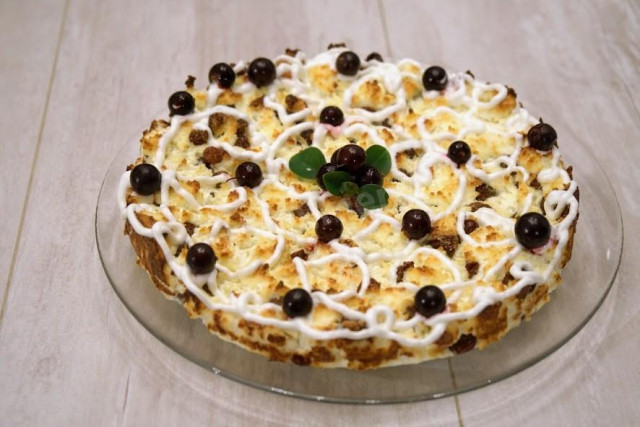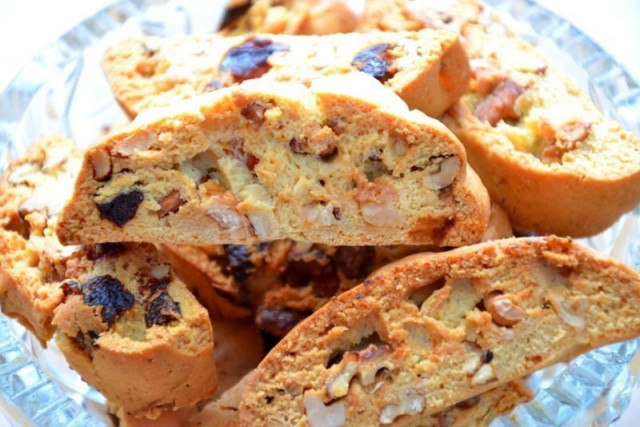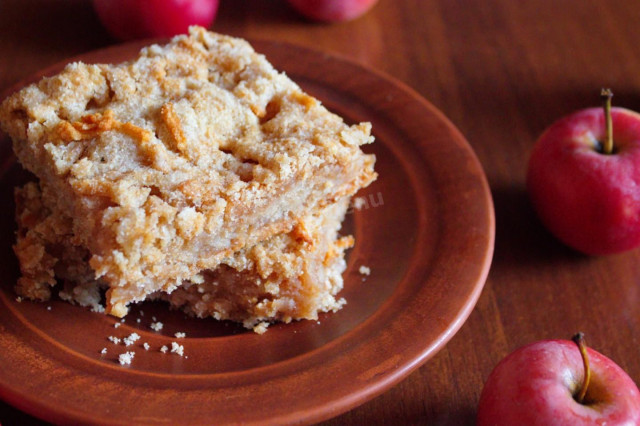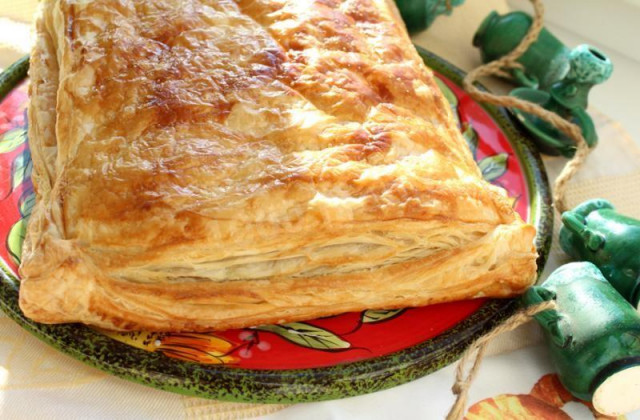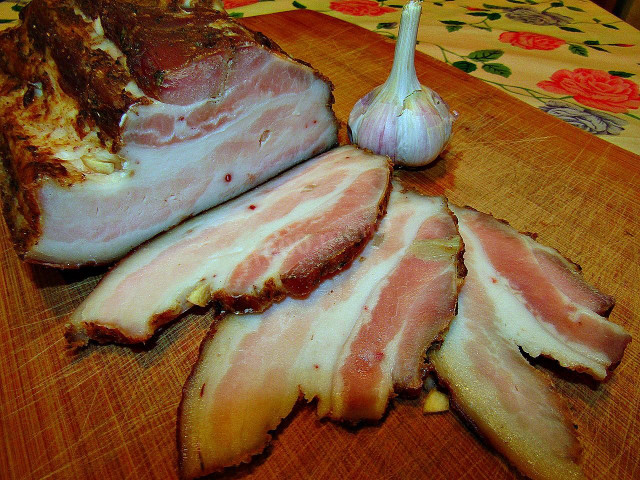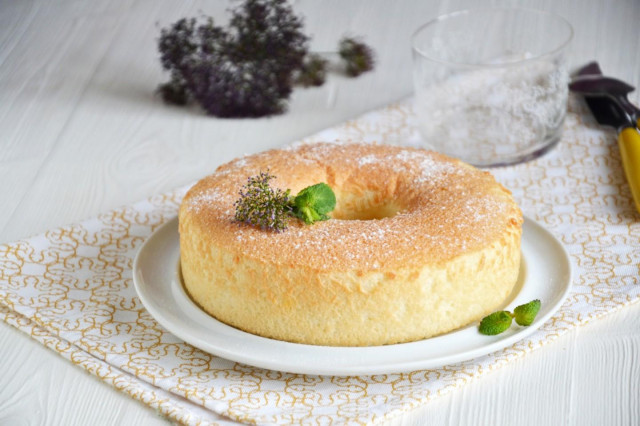Composition / ingredients
Cooking method
The ventricles are washed and cleaned. Despite the fact that they are sold already cleaned, as practice says, you need to check. Fill with cold water and put on fire. We are waiting for the water to boil. After boiling, reduce to medium heat (it is necessary that the water gurgles a little) and so boil for about 1.5-2 hours until a certain softness. The softness is needed so that with a slight push of the fork it can be divided into pieces. Salt about half an hour before cooking. We do not pour out the broth on which the ventricles were cooked, it will still be useful to us. After the navels are cooked, you need to let them cool down, but for now we will deal with the rest of the products.
Cut onion into quarter rings. And grate the cheese on a coarse grater. By this time, the ventricles have already cooled down. Then we cut the ventricles into strips about 2-3 mm thick.
In a frying pan with heated oil, fry the onion until transparent. Then add the chopped navels and mix. Slightly push the navels aside and melt the butter ( 50 grams) in a free place and fry the flour on it. Then mix the flour with the ventricles. Add the broth ( 150 ml.) and milk ( 150 ml.), mix again and bring the sauce to thicken. Also add more salt and pepper to taste.
We put the oven to warm up at 180 degrees.
After the sauce has thickened, we shift the contents of the pan into a baking sheet, level it and sprinkle with cheese. After that, we put it in a preheated oven to 180 degrees. We wait for a ruddy cheese crust and serve it on the table to enjoy this stunningly tender dish. You can serve it with any side dish. And sprinkled with herbs, those present will go crazy not only from the smell, but also from the appearance. This is a great alternative to the usual navels in cream sauce. Bon appetit to all friends) Eat delicious and beautiful) And I will offer you such recipes)
Caloric content of the products possible in the composition of the dish
- Whole cow's milk - 68 kcal/100g
- Milk 3.5% fat content - 64 kcal/100g
- Milk 3.2% fat content - 60 kcal/100g
- Milk 1.5% fat content - 47 kcal/100g
- Concentrated milk 7.5% fat content - 140 kcal/100g
- Milk 2.5% fat content - 54 kcal/100g
- Dutch cheese - 352 kcal/100g
- Swiss cheese - 335 kcal/100g
- Cheese "Russian" - 366 kcal/100g
- Kostroma cheese - 345 kcal/100g
- Yaroslavsky cheese - 361 kcal/100g
- Altai cheese 50% fat content - 356 kcal/100g
- Soviet cheese - 400 kcal/100g
- Cheese "steppe" - 362 kcal/100g
- Uglichsky cheese - 347 kcal/100g
- Poshekhonsky cheese - 350 kcal/100g
- Lambert cheese - 377 kcal/100g
- Appnzeller cheese with 50% fat content - 400 kcal/100g
- Chester cheese with 50% fat content - 363 kcal/100g
- Edamer cheese with 40% fat content - 340 kcal/100g
- Cheese with mushrooms of 50% fat content - 395 kcal/100g
- Emmental cheese with 45% fat content - 420 kcal/100g
- Gouda cheese with 45% fat content - 356 kcal/100g
- Aiadeus cheese - 364 kcal/100g
- Dom blanc cheese (semi-hard) - 360 kcal/100g
- Lo spalmino cheese - 61 kcal/100g
- Cheese "etorki" (sheep, hard) - 401 kcal/100g
- White cheese - 100 kcal/100g
- Fat yellow cheese - 260 kcal/100g
- Altai cheese - 355 kcal/100g
- Kaunas cheese - 355 kcal/100g
- Latvian cheese - 316 kcal/100g
- Limburger cheese - 327 kcal/100g
- Lithuanian cheese - 250 kcal/100g
- Lake cheese - 350 kcal/100g
- Gruyere cheese - 396 kcal/100g
- Whole durum wheat flour fortified - 333 kcal/100g
- Whole durum wheat flour, universal - 364 kcal/100g
- Flour krupchatka - 348 kcal/100g
- Flour - 325 kcal/100g
- Onion - 41 kcal/100g
- Broth - 15 kcal/100g
- Chicken stomachs - 114 kcal/100g

